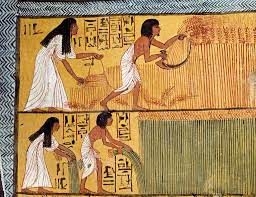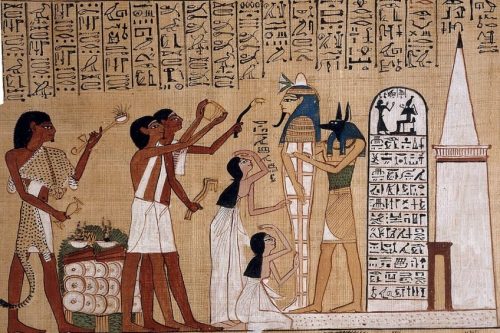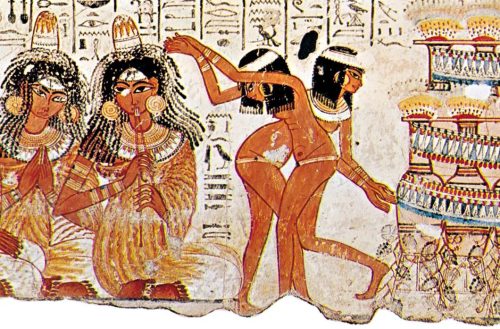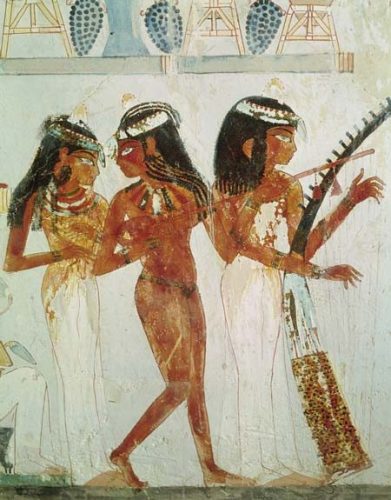
India, a land steeped in history, is a nation of remarkable continuity. Over millennia, it has witnessed the rise and fall of empires, the spread of religions, and a kaleidoscope of cultures and traditions. While the world has evolved dramatically, India retains echoes of its ancient past. In this article, we will delve into the past to discover five compelling clues that suggest Ancient India’s striking resemblance to Contemporary India. Join us on this journey through time.
- Spiritual Diversity:
One of the most enduring aspects of Indian civilization is its profound spiritual diversity. In ancient times, India was the cradle of major religions like Hinduism, Buddhism, Jainism, and Sikhism. Today, India continues to be a melting pot of faiths, with Hinduism, Islam, Christianity, Sikhism, Buddhism, and others coexisting harmoniously. The rich tapestry of spiritual practices and beliefs has remained a defining characteristic of India through the ages.
- Cultural Mosaic:
The cultural mosaic of India has always been a vibrant and dynamic entity. Ancient India was known for its thriving art, literature, and architectural marvels such as the Taj Mahal and ancient temples. In contemporary India, this legacy endures through its art, Bollywood, classical dance forms, and literature. The cultural vibrancy is an unbroken thread connecting the past with the present.

- Traditions and Festivals:
India’s calendar is replete with festivals and traditions that have been celebrated for centuries. Festivals like Diwali, Holi, Eid, and Christmas bring people from diverse backgrounds together to celebrate with fervor. Ancient India’s celebration of festivals and traditions laid the foundation for the continued unity and diversity in contemporary India.
- Languages and Scripts:
Sanskrit, an ancient language, played a pivotal role in shaping the languages spoken in India today. While languages have evolved and diverged over time, the linguistic roots trace back to the rich tapestry of ancient Indian languages. Additionally, scripts like Devanagari, Tamil, and Brahmi, which originated in antiquity, continue to be in use.

- Social Structures and Values:
India’s ancient social structures, such as the caste system, have undergone significant changes. However, the emphasis on values like respect for elders, hospitality, and community ties remains strong. The traditional joint family system may have evolved into nuclear families, but the sense of familial bonds and mutual support is still deeply ingrained in Indian society.
The journey through India’s history reveals a remarkable continuity in its culture, spirituality, traditions, languages, and values. Ancient India’s resemblance to contemporary India is not merely a matter of coincidence but a testament to the resilience and adaptability of this great civilization. As we explore the past, we realize that India’s tapestry is a reflection of its enduring spirit, connecting generations and bridging the gap between antiquity and modernity.







